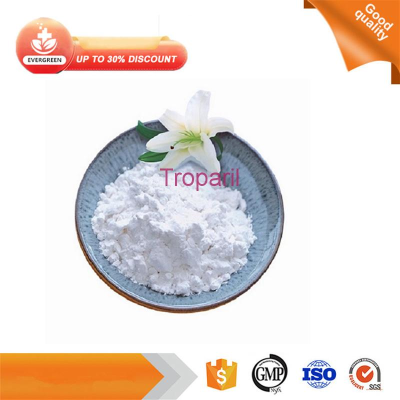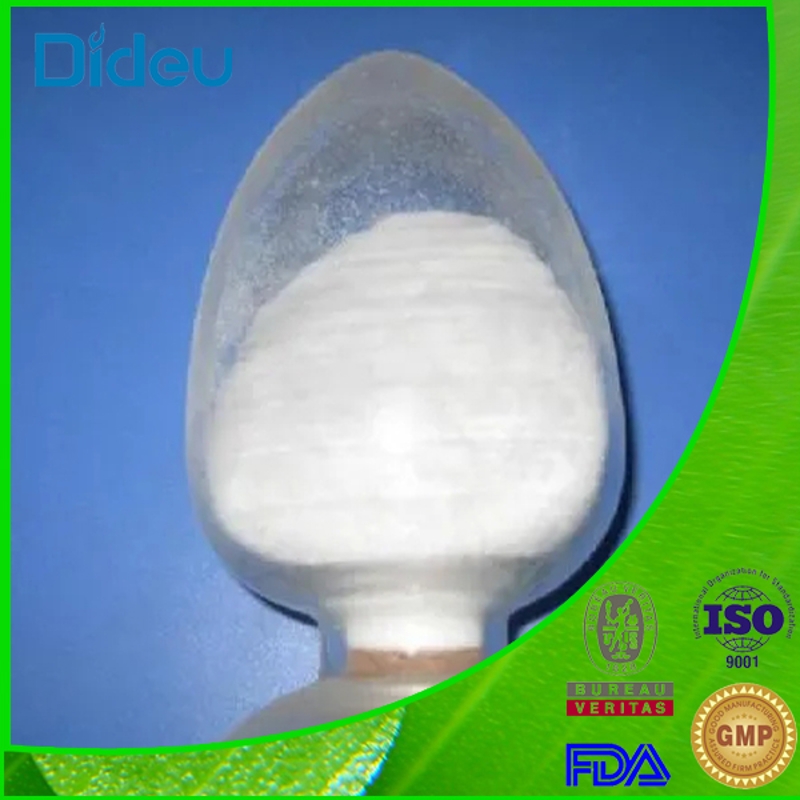-
Categories
-
Pharmaceutical Intermediates
-
Active Pharmaceutical Ingredients
-
Food Additives
- Industrial Coatings
- Agrochemicals
- Dyes and Pigments
- Surfactant
- Flavors and Fragrances
- Chemical Reagents
- Catalyst and Auxiliary
- Natural Products
- Inorganic Chemistry
-
Organic Chemistry
-
Biochemical Engineering
- Analytical Chemistry
- Cosmetic Ingredient
-
Pharmaceutical Intermediates
Promotion
ECHEMI Mall
Wholesale
Weekly Price
Exhibition
News
-
Trade Service
Meta-analysis of randomized trials showed that lowering blood pressure (BP) can reduce the incidence of dementia
.
Observational data, systolic blood pressure intervention trial (SPRINT) and other randomized trials have shown that hypertension and its control are also related to the existence and development of white matter lesions
hypertension
Although cerebral vascular mechanisms may explain a reduced cognitive impairment observed SPRINT, the study also showed the presence of vascular risk based on positron emission tomography (PET) brain amyloid deposition, but also to antihypertensive therapy with The occurrence of dementia is associated with a reduced risk of Alzheimer's disease (AD)
.
However, whether enhanced blood pressure control will affect the biomarkers of AD pathology is still unknown, because the biomarkers of AD pathology often appear at the same time as the vascular factors of dementia
.
There is considerable observational evidence that vascular injury may contribute to the development of AD neuropathology, but there is a lack of causal experimental evidence for this effect
Enhancing blood pressure control in SPRINT is also related to the reduction of whole brain and hippocampus volume, but has nothing to do with changes in other magnetic resonance imaging (MRI) markers, which are sensitive to AD-related neurodegeneration, but not specific
.
The characteristics of AD have transitioned to the biological definition of the disease, relying on the quantitative measurement of amyloid β (Aβ), tau, and neurodegeneration through imaging or cerebrospinal fluid (CSF)
.
In view of the cost of imaging, the patient burden associated with imaging and CSF sampling, and the resulting potential selection bias, efforts are being made to use and calibrate blood-based protein biomarkers to reduce the burden and expense of identifying pathological AD
.
In this way, Nicholas M.
Pajewski and others of Wake Forest School of Medicine used stored samples from a subgroup of SPRINT participants to study the effects of enhanced blood pressure control on plasma biomarkers (Aβ, total tau) associated with AD and broader neurodegeneration.
And neurofilament light chain) changes
.
In addition, given the known effects of intensive treatment on kidney function, it is an important regulator of blood proteome composition
.
They also explored the relationship between these biomarkers and changes in kidney function
They studied the effects of enhanced (<120 mmHg) and standard (<140 mmHg) blood pressure control on the longitudinal changes of plasma amyloid β(Aβ)40 and Aβ42, total tau and neurofilament light chain (NfL), These participants were from a subgroup of the systolic blood pressure intervention trial (N = 517)
.
During the 3.
8-year follow-up, there was little difference in Aβ40, Aβ42, Aβ42/Aβ40 or total tau
Compared with standard treatment, intensive treatment is associated with a larger increase in NfL
.
Adjusting kidney function but not blood pressure can weaken the link between intensive treatment and NfL
Compared with standard treatment, intensive treatment is associated with a larger increase in NfL
The important significance of this study lies in the discovery: intensive blood pressure treatment is related to changes in NfL, and changes in NfL are related to changes in kidney function related to intensive treatment
.
.
Original source:
Pajewski NM, Elahi FM, Tamura MK, et al.
P lasma amyloid beta, neurofilament light chain, and total tau in the Systolic Blood Pressure Intervention Trial (SPRINT) .
Alzheimer's & Dementia.
lasma amyloid beta, neurofilament light chain, and total tau in the Systolic Blood Pressure Intervention Trial (SPRINT) in this message







